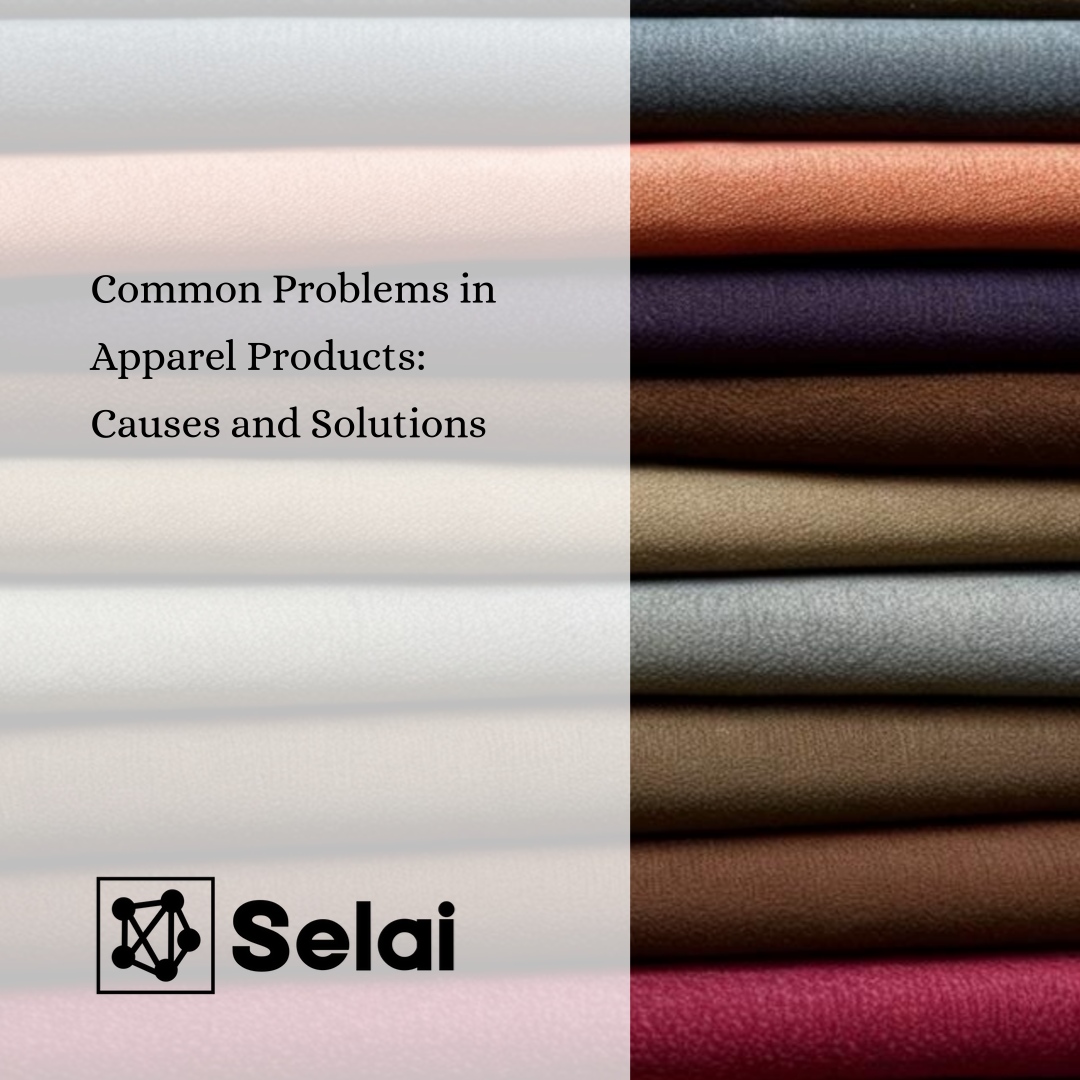
Apparel faces various types of problems, including color fading and shrinkage. These issues can result from various causes, including fabric quality, dyeing processes, and garment care. Here are some common problems, their causes, and potential solutions:
Color Fading:
Cause: Color fading occurs when the dyes used in the fabric lose their vibrancy and intensity due to exposure to factors like sunlight, washing, and abrasion.
Solutions:
Use high-quality dyes that are resistant to fading.
Recommend washing garments in cold water with a mild detergent.
Turn clothing inside out before washing to reduce friction.
Avoid hanging clothes in direct sunlight for extended periods.
Provide care labels with washing instructions to educate consumers.
Shrinkage:
Cause: Shrinkage happens when the fabric fibers contract, causing the garment to become smaller than its original size. It is often a result of improper washing and drying.
Solutions:
Pre-shrink fabrics before garment production to minimize post-production shrinkage.
Advise consumers to follow care labels and wash clothing in cold water.
Recommend air-drying or using a lower heat setting on the dryer.
Use fabrics with minimal shrinkage properties in the first place.
Pilling:
Cause: Pilling is the formation of small, fuzzy balls on the fabric’s surface due to friction and abrasion during wear and washing.
Solutions:
Choose fabrics with lower pilling tendencies, such as blends with synthetic fibers.
Recommend washing garments inside out to reduce friction.
Advise consumers to avoid abrasive surfaces and high-friction activities while wearing the clothing.
Color Bleeding:
Cause: Color bleeding occurs when the dyes from one fabric transfer to another during washing, often due to poor dye fixation or mixing fabrics with different colorfastness properties.
Solutions:
Use colorfast dyes and proper dye fixation techniques during production.
Advise consumers to wash similar colors together and use color-catching sheets.
Include care instructions to prevent color bleeding in the washing process.
Fabric Puckering:
Cause: Fabric puckering happens when the fabric develops wrinkles or gathers in an unintended manner during production, affecting the garment’s appearance.
Solutions:
Ensure proper tension and thread tension settings on sewing machines.
Use appropriate stitching techniques and thread types for specific fabrics.
Conduct quality control checks during production to identify and rectify puckering issues.
Seam Failure:
Cause: Seam failure occurs when the seams of a garment do not hold together properly, leading to splits or unraveling.
Solutions:
Use high-quality threads and stitching techniques.
Conduct rigorous quality control checks to identify weak seams.
Reinforce stress points in the garment, such as pockets and hems.
Fabric Wear and Tear:
Cause: Fabric wear and tear can result from friction, frequent washing, and exposure to harsh elements.
Solutions:
Choose durable fabrics appropriate for the garment’s intended use.
Educate consumers on proper care and maintenance to extend the garment’s lifespan.
Reinforce high-stress areas with additional stitching or fabric.
Addressing these apparel problems requires a combination of quality control measures during production, proper fabric and dye selection, and educating consumers on appropriate care and maintenance. By taking these steps, fashion brands can reduce these common issues and enhance the longevity and quality of their apparel products.
